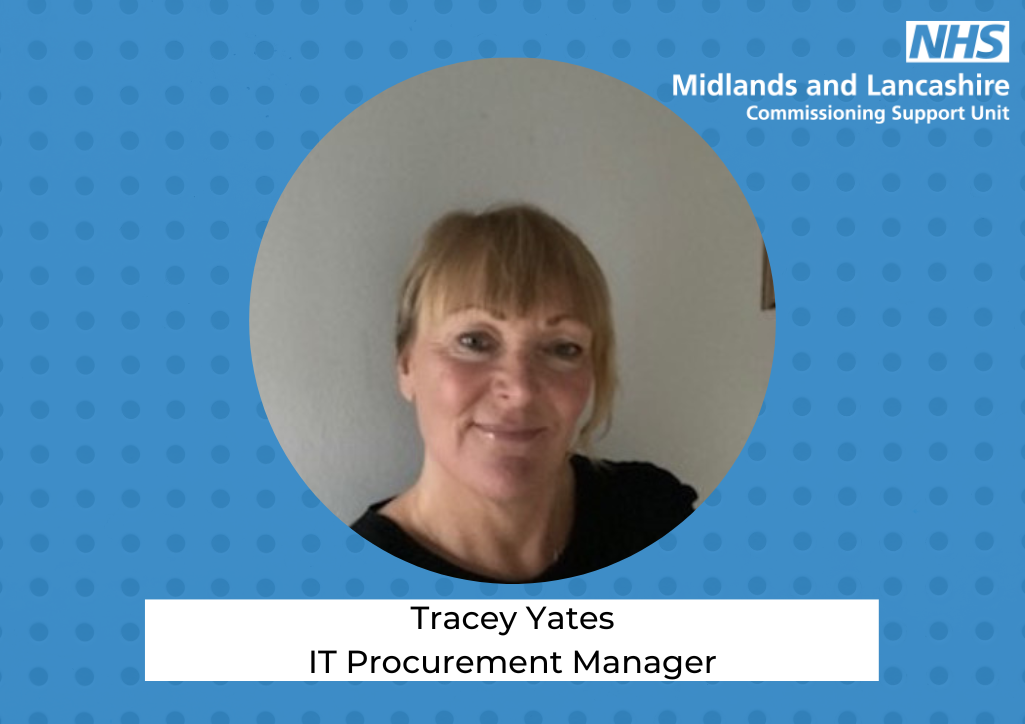Following taking over the management of the the community equipment service contract at Staffordshire County Council, staff across Staffordshire and Stoke-on-Trent are now able to order and receive equipment quickly, which supports timely hospital discharges.
Background
Following the retirement of the contract lead at Staffordshire County Council, the NHS Midlands and Lancashire CSU took over the management of the community equipment service. However, there were no governance arrangements in place, and stakeholder relationships had dried up since meetings and communications had been paused during the COVID-19 pandemic.
There were approximately 150 backlogged emails to process, and it was taking an average of 16 days to process new users.
Action
Although unfamiliar with the community equipment ordering site, we quickly got to grips with the system and cleared the backlog. The team took the opportunity to streamline administrative processes, review costs, highlight risks, and strengthen the quality assurance process.
By networking and building good working relations with stakeholders – including supplier Medequip and staff at Staffordshire and Stoke-on-Trent Integrated Care Board – the team re-established meetings and communications.
New terms of reference were agreed for joint contract quality review meetings and contract review meetings, which review complaints and feedback, discuss the impact of COVID-19 on services, and monitor key performance indicators (KPIs).
The Community Equipment Prescribers Action Group was formed to share good practice and help to resolve operational issues.
Impact
Since taking over the management of this contract, the backlog of adding users to the community equipment ordering site has been cleared. The team process an average of four new requests for users every day, and they are now processed within one working day.
Staff across Staffordshire and Stoke-on-Trent are now able to order and receive equipment quickly, which supports timely hospital discharges, which in turn has a positive impact on patients and staff.
Contract review groups all now meet monthly, and relationships between stakeholders are positive. The Action Group has taken ownership of a seven-point action plan to review processes and make recommendations for improvements.
Governance, risk and issues are now managed effectively.
Contract KPIs are being met and more are being developed. The contract itself is still awaiting novation over onto the NHS Contract.
“We value the support of CSU colleagues for their proactive organisation and administration of the recently reinstated CEPAG and CQRMs as part of the Community Medical Equipment contract. This includes the setting up of meetings, communicating with system partners, and circulating agendas and papers.
“CSU colleagues also chair the meetings which enable effective time-keeping and sharing of information, which supports discussions. CSU colleagues are always very helpful and responsive to requests, and we would like to thank them for all their hard work.”
Quality leads, Staffordshire
and Stoke-on-Trent
Integrated Care Board








